This question is a bit too wide.
Personally, when I perform the first power-up of a design, I start by a visual check of the board, check everything is soldered, check for cold solder joints or joints without enough solder, components at the correct location, component polarity, check for solder bridge and I also check for defects in the PCB, especially via, traces. A microscope is really helpful.
I will especially check the soldering quality on connectors that are on large boards.
Bad soldering can induce tricky faults that come and goes, it is especially annoying in a new design, so need to make sure it's properly reflowed using a microscope.
Then check for potential shorts between the voltage rails and the grounds using a multimeter.
Then I take an adjustable power supply and I slowly increase the voltage while monitoring the current. At the same time, I sometimes use an IR camera to check any potential heat spot that would be a fault. I also check for potential smoke :p.
If everything goes fine, I go up to the nominal voltage while checking the different rails if there are regulators. I also check that there is no IC heating up, which sometimes happens if there is a mistake in the connections.
Once this is done, I go on and check the different parts of the circuit, analogic, digital, etc...
Of course, it depends a lot on what is the circuit, you won't go about the same way for a 5V USB-powered device as a 230VAC high power board.
It also depends on the board complexity and cost, for a simple cheap board I'd just connect it and check for hotspots, for a complex expensive board I'll go slower.
Also when doing SMT, I usually make more than one board, this has the advantage to have a spare if you burn one, but also helps if you have any fault to differentiate between design issue or SMT issue, if they all have the same issue then it's probably design, if they have different issues then it can be SMT mistake.
When doing low series SMT, it's more common to have issues like wrong component placement or polarity as low series of a few boards are usually done by hand. In practice, 30-50% of hand SMT will have some sort of mistake, either placement, polarity, or soldering if there are a lot of components.
If SMT is done by a machine, if the factory has a good ERP system it's usually rare, or at least it will be the same everywhere.
